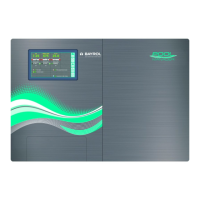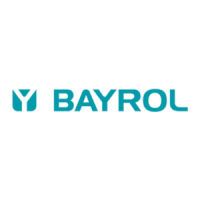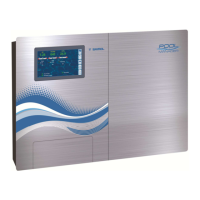Why do pH control measurement and unit display show different values on my Bayrol PoolManager Chlorine?
- BBenjamin HansonSep 16, 2025
If the pH control measurement and the unit display show different values, it is possible that the calibration is erroneous or was performed a long time ago. In this case, you should perform a new calibration.




